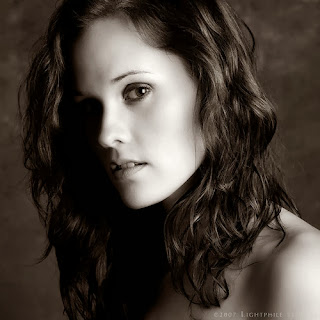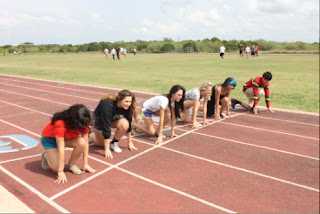Academics shoot
lines:
1:well in this picture it has lines with a group of students taking a position.
2: the subject is a running pose with lines.
3: Yes my photo is clear to the subject.
4: what I could of done differently was take a better view of the lines.
simplicity:
1: in this photo it shows a blank background with just one person.
2: the subject is nothing in the background just something plain.
3: yes it is clear to people if they looked at this photo.
4: the thing that i could of done differently was take a better angle.
rules of third:
1: in this photo it shows that no one is in the middle of the picture.
2: the subject of the photo is no nothing being in the middle of the photo.
3: i think i can be clear for people to understand this picture.
4: the thing i could of done differently is maybe take the photo from the middle of the gym.
balance:
1: in this photo it shows balance by seeing the guy jump.
2: the subject of the photo is seeing something balance with out falling or going wrong.
3: i think that this photo can show people what i mean.
4: the thing that i could of done differently is that i should of focus the camera better.
framing:
1: in this photo it shows that there in a class.
2: the subject of the picture is framing and making it look almost like a actual frame.
3: i think that this photo people wouldn't really understand this.
4: i think what could of done differently is actually take a better photo with actual framing.
avoiding mergers:
1: in this photo it shows that I'm trying to avoid merger.
2: the subject of this picture is that when i take this photo i shouldn't have any mergers.
3: i think that this photo people would sorta understand this photo.
4: i think i could done differently was maybe focus more and take it from farther away.















































